Trending
Boston Dynamics Unveils Advanced Atlas: The Future of Humanoid Robotics
Boston Dynamics has once again captured the public’s imagination with its latest showcase of the humanoid robot, Atlas. Renowned for its cutting-edge technology and remarkable agility, Atlas is not just a marvel of engineering; it’s a glimpse into the future of robotics. This time, the company has provided an intriguing look at Atlas performing practical tasks in a simulated factory environment, demonstrating its enhanced capabilities that blend machine learning with real-world applications.
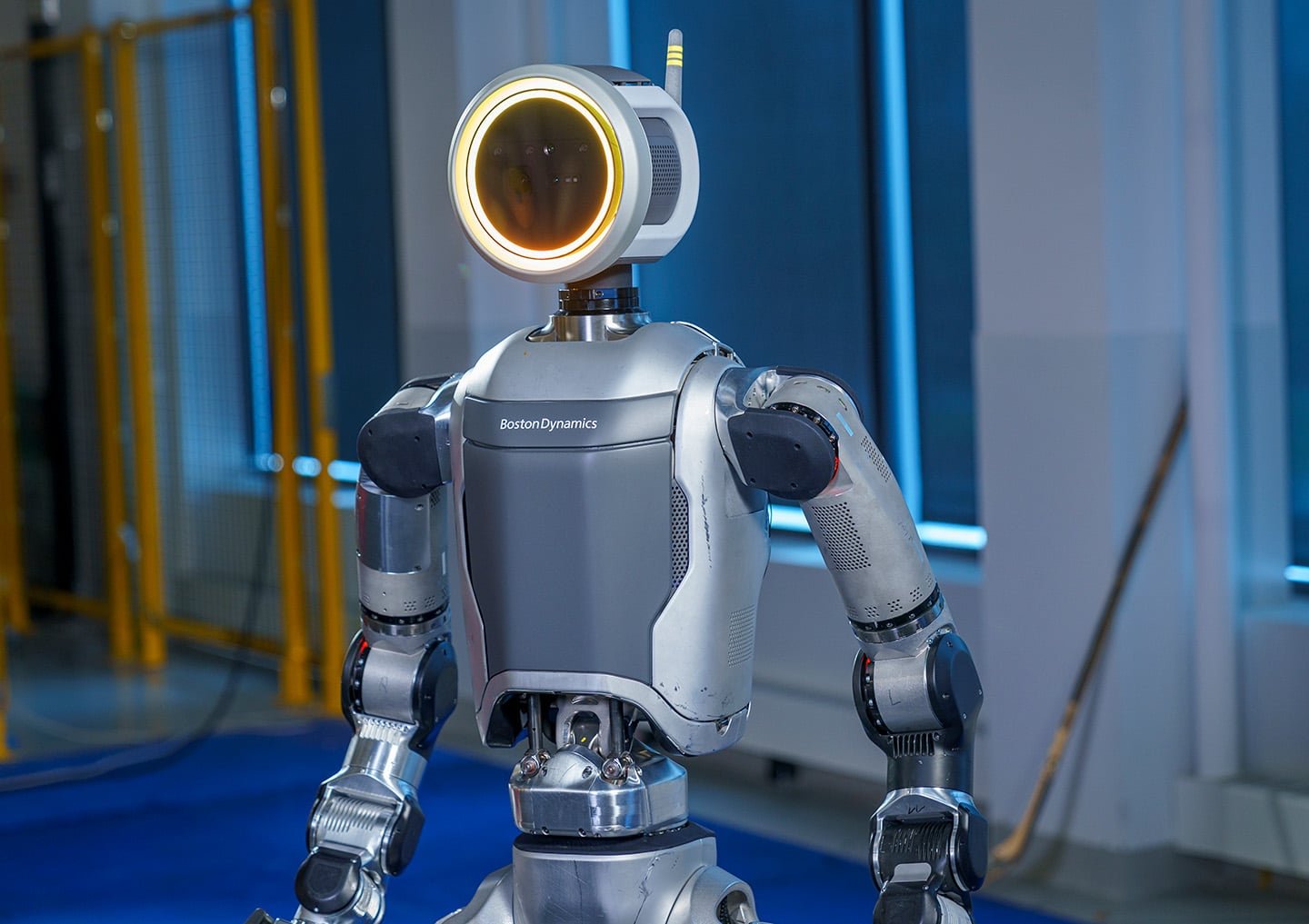
A New Era for Humanoid Robots
In earlier demonstrations, Atlas wowed audiences with its incredible range of movements, showcasing acrobatics that seemed straight out of a sci-fi movie. However, this latest video shifts focus to a more grounded application: sorting tasks in a factory setting. While moving engine covers between supplier containers and a mobile sequencing dolly might not sound thrilling, the demonstration highlights significant advancements in how robots can interact with their environments.
What sets this version of Atlas apart is its ability to work autonomously, utilizing a combination of upgraded sensors and machine learning algorithms. The robot operates based on a simple directive—a list of bin locations for moving parts. This seemingly straightforward task becomes a fascinating display of technological sophistication as Atlas navigates the complexities of its surroundings.
Understanding the Task
The sorting process involves Atlas determining where to pick up parts and how to manipulate them using its body, arms, and innovative three-fingered hands. The robot is equipped with sensors that allow it to recognize bin locations and assess the best way to grip and relocate parts. This capability is crucial, especially in a dynamic environment where obstacles and challenges can arise at any moment.
In one particularly revealing moment from the video, Atlas encounters a part positioned too high to slide easily into the sequencing dolly’s compartment. Instead of failing or requiring human intervention, the robot demonstrates impressive adaptability. It recognizes the resistance, recalibrates its approach, and successfully adjusts its grip and orientation to complete the task. This real-time feedback mechanism showcases Atlas’s ability to learn and adapt on the fly, which is vital in a factory setting where conditions can change rapidly.
Autonomy in Action
The watermark “Fully Autonomous” is prominently displayed throughout the video, emphasizing Boston Dynamics’ commitment to creating robots that can operate with minimal human oversight. This is a significant step forward in robotics, especially in industrial applications where automation can enhance efficiency and reduce labor costs.
While other companies, like Tesla, have showcased their humanoid robots performing tasks under human supervision—such as serving drinks at events—Boston Dynamics is positioning Atlas as a fully autonomous solution. The contrast is striking, suggesting that Atlas could be employed in various environments without the need for constant human guidance. This leap in autonomy could revolutionize industries ranging from manufacturing to logistics, where robots could perform tasks with a level of independence previously thought unattainable.
The Bigger Picture: Atlas as a Platform
Boston Dynamics’ robots, including Atlas, Spot, and Stretch, have always been more than just impressive feats of engineering; they represent a platform for ongoing technological development. The advancements seen in Atlas are not merely about executing tasks but also about pushing the boundaries of what robots can achieve.
As Atlas continues to evolve, its capabilities may extend beyond factory settings. Imagine a future where humanoid robots assist in healthcare, providing support in patient care or performing tasks in home environments. The versatility of Atlas, combined with its machine learning capabilities, opens up a world of possibilities.
However, these advancements come with challenges. The technology that enables such impressive capabilities often comes with a hefty price tag. Boston Dynamics faces the dilemma of balancing innovation with affordability. As the demand for advanced robotics grows, ensuring that these technologies remain accessible will be crucial for widespread adoption.
Challenges and Considerations
Despite the exciting potential of Atlas and its peers, there are challenges that must be addressed. For one, the integration of autonomous robots into existing workflows requires careful consideration. Companies will need to adapt their processes and training programs to incorporate these new technologies effectively.
Additionally, as robots become more autonomous, ethical considerations arise. The prospect of machines performing tasks traditionally done by humans can lead to concerns about job displacement. Striking a balance between leveraging technology for efficiency and ensuring a fair job market will be a significant societal challenge.
Looking Ahead
As Boston Dynamics continues to refine Atlas and explore its potential applications, the future of humanoid robotics looks bright. The advancements showcased in this latest demonstration highlight a trend toward more capable, adaptable robots that can operate in real-world environments with minimal supervision. The implications for industries ranging from manufacturing to healthcare are profound.
In a world where efficiency and productivity are paramount, Atlas stands as a symbol of how far robotics has come and where it might lead us in the future. As technology continues to advance, we can expect to see even more exciting developments in the realm of humanoid robots.



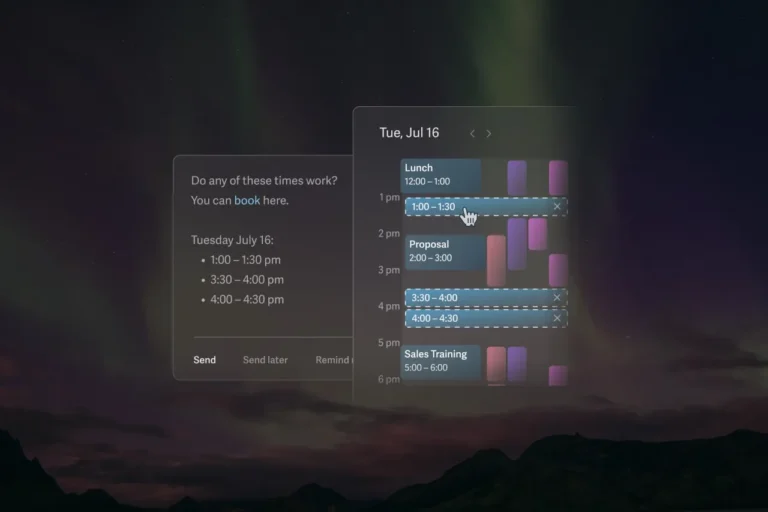
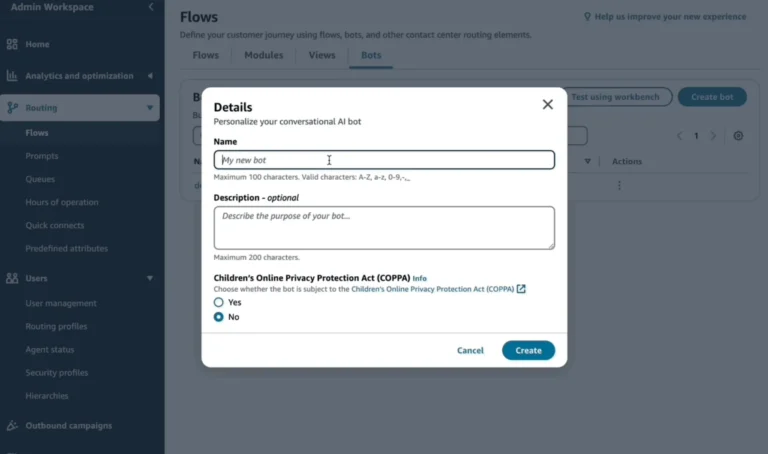
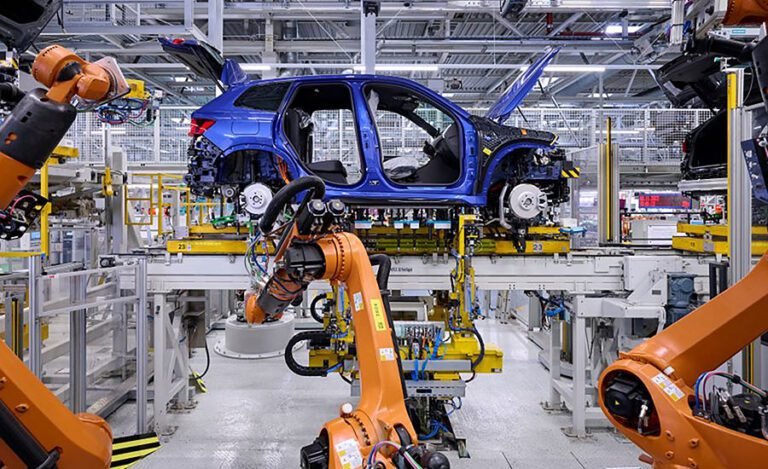
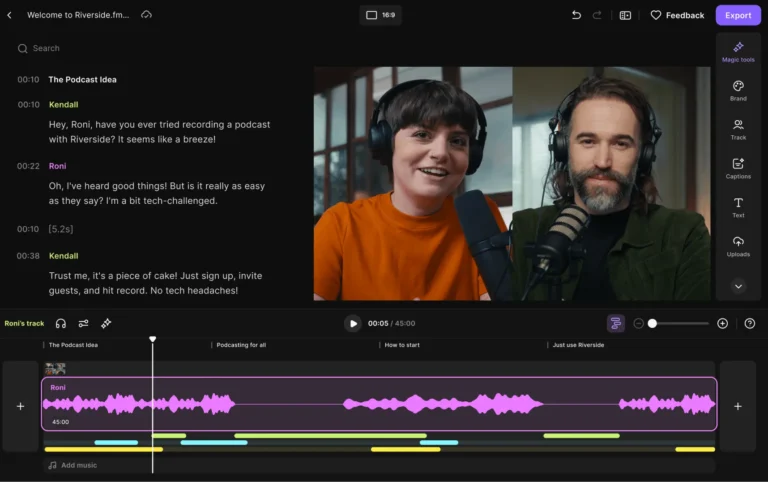

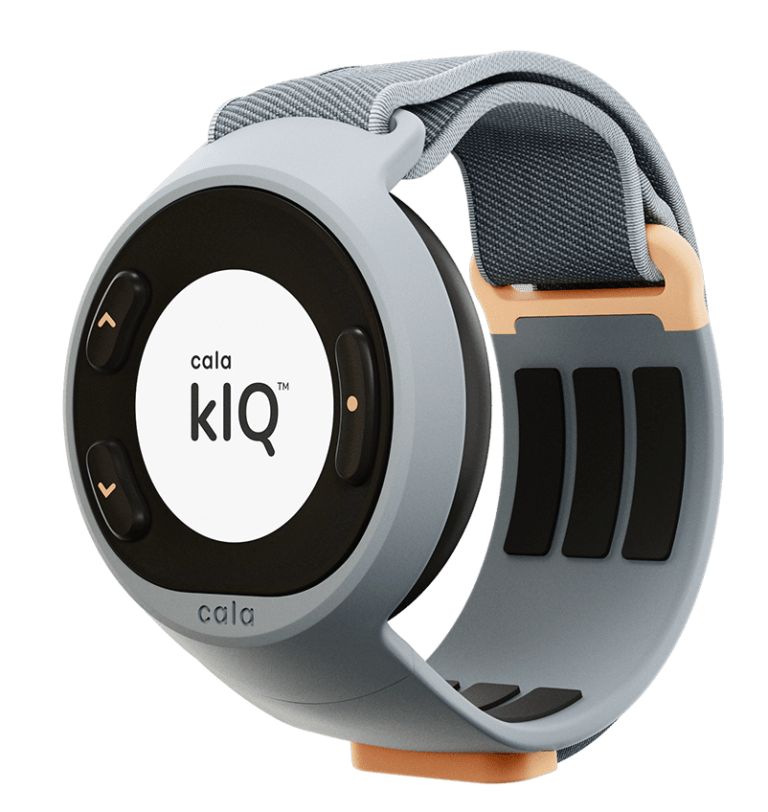
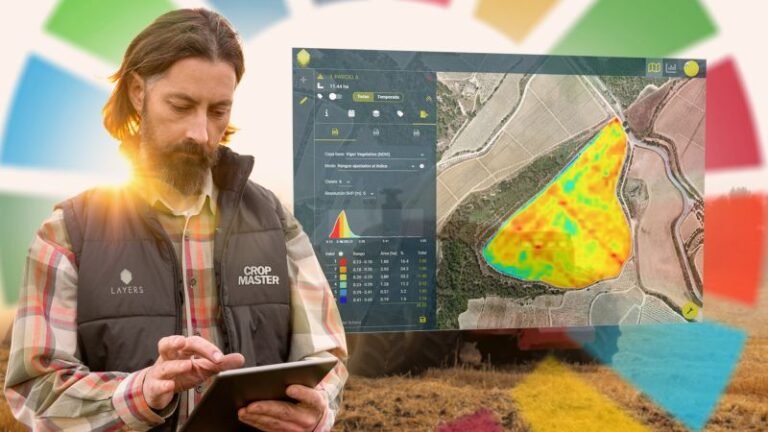

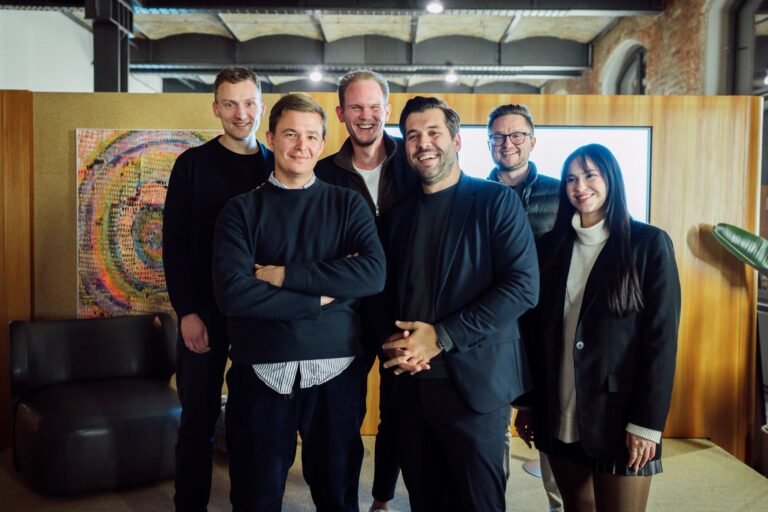
Pingback: OpenAI Collaborating With Broadcom And TSMC To Build In-House AI Chips
Pingback: Google Unveils Pixel Weather App For Android Users
Pingback: HONOR Unveiled Magic 7 And Magic 7 Pro Smartphone